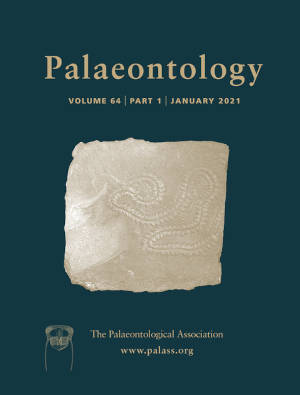Reg. Charity No. 1168330

Biogeographical distributional patterns of cetaceans reflect dispersal events and colonization of the oceans from their ancestral area in the ancient Sea of Tethys ~53 Ma. Likewise, they reveal several vicariance events throughout the evolutionary history of this group. However, our understanding of how these processes took place and what biogeographical scenarios occurred among the different groups of cetaceans through time is limited. Consequently, this work focuses on explaining the distributional patterns of the well‐known North Pacific toothed mysticetes, Aetiocetidae, through the power of retrodiction offered by track analysis (panbiogeography) and cladistic biogeography, using the approach of evolutionary biogeography. Our results show that the distributional patterns of Aetiocetidae explain their endemism in the North Pacific, as well as indicating that their hypothetical ancestor probably colonized the Pacific from the Atlantic Ocean by a dispersal event (founder effect) via the Central American Seaway. Furthermore, their biogeographical history shows that the adaptive radiation (cladogenesis) of Aetiocetidae is result of peripatric speciation followed by sympatric speciation within a heterogeneous environment. Finally, the biogeographical framework of Aetiocetidae further supports the relevant role that the Pacific Ocean has played in the evolution of Oligocene cetaceans as a geographical area that promoted endemism, dispersal and colonization. At more local scales, environmental conditions further promoted increased diversity and disparity amongst Mysticeti.